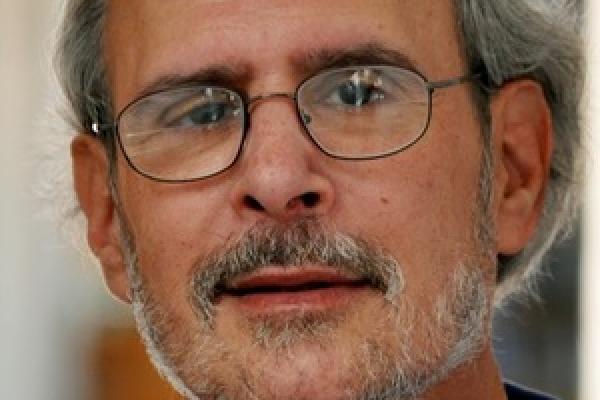An Academic Journey

Minnesota doctoral student’s path shows the best of what mentorship can be
Please note that this article initlally appeared as an onCampus feature and was written by Jeff McCallister
One day in the spring of 2007, as the young freshman was still learning her way around the Ohio State campus, Ellen Manovich found herself in the office of Ohio State Professor Harvey Graff.
“I remember clearly that first time we met: Here she was, a Presidential Scholar, double major in history and English, clearly an exceptional student,” said Graff, Ohio Eminent Scholar in Literacy Studies and professor of English and history. “She was an honors student, and she said, ‘They tell me I have to do research. Can you teach me how?’”
Graff said he gets requests like that frequently, and he said he’s eager to teach young scholars, but stipulates that they must be willing to give the process two or three years. Manovich agreed willingly.
Now 10 years and several important milestones later, the two can look back on an unusual — rare, even — mentor/mentee relationship that Graff said is an example of what the best of those relationships can mean to both students and teachers.
Soon after that initial meeting, Manovich began working on a case study of Ohio State’s relationship with the University District, which eventually won the arts and humanities division of the Denman Undergraduate Research Forum in 2010. That same year — not coincidentally — Graff won a Distinguished Undergraduate Research Mentor Award.
So fast-forward to March 4 of this year, to a room at the University of Minnesota, where Manovich sat to defend her doctoral dissertation, Is This a Real Neighborhood? Universities, Urban Development and Neighborhood Change in the 20th Century United States, which included the original case study of the University District in Columbus, as well as similar ones at the University of Illinois-Chicago and the University of Minnesota.
And there on the doctoral committee (via Skype) was none other than Graff, who had continued to mentor and advise Manovich even after she graduated from Ohio State.
“He has always brought a unique perspective to my research as someone who studies the history of education as well as U.S. — especially urban U.S. — history,” Manovich said. “We have a good deal of academic interests in common, and he’s been not only a valuable mentor and advisor but also a good friend. His perspective has always been and continues to be useful to me.”
But regardless of that now-10-year academic relationship, it’s rare that a professor from one university sits on a dissertation committee for a student at another university.
“We had talked about doing something like that many times over the years, but it was always nebulous because you don’t compile the committees until right before you defend, so it was always a bit hypothetical,” Manovich said. “He had always said he would be interested in being a part of it, so I touched base in December when I was scheduling things.
“I wasn’t sure it would be possible to have everyone I needed available on the same day and worried that it might not come together like I hoped, but I am so glad we took the extra steps to add him to the committee.”
And Graff, for his part, said he could not be more proud of the path the relationship has taken to get to this point.
“My wife and I have become good friends with her entire family, and I just beam when I think of the variety and depth of the connections that have built through the years,” he said. “I am extremely proud of her. It’s such a feeling of excitement; a feeling of mutual accomplishment. This was a rare case, but it shows exactly the way academic mentorship can be when it’s at its best.”


